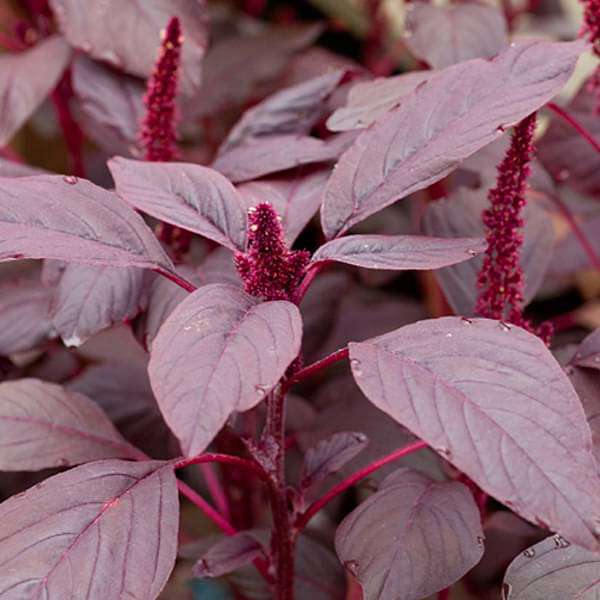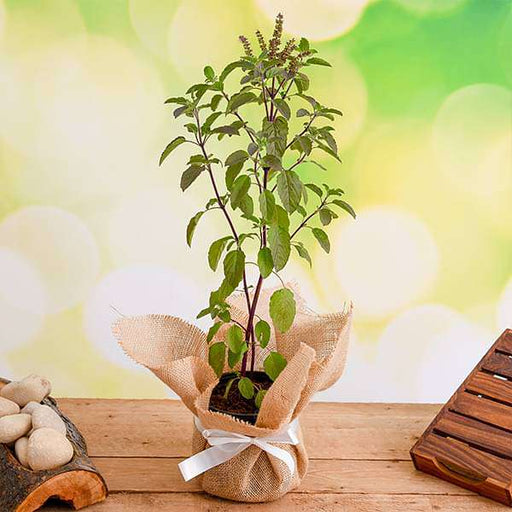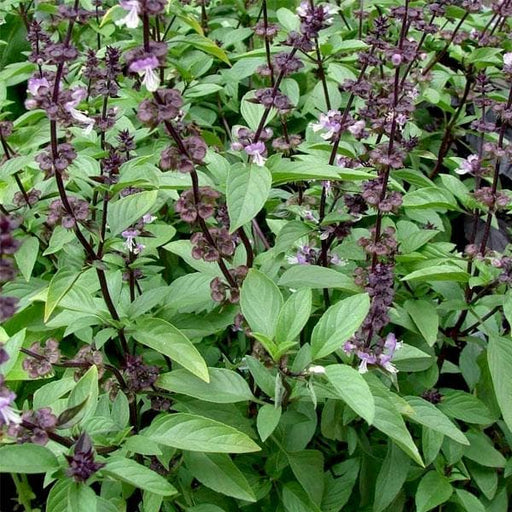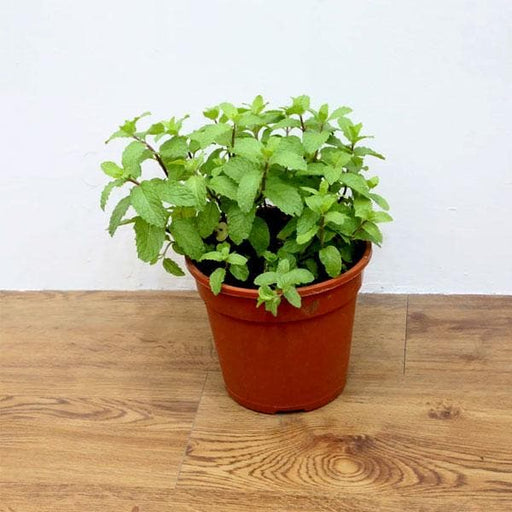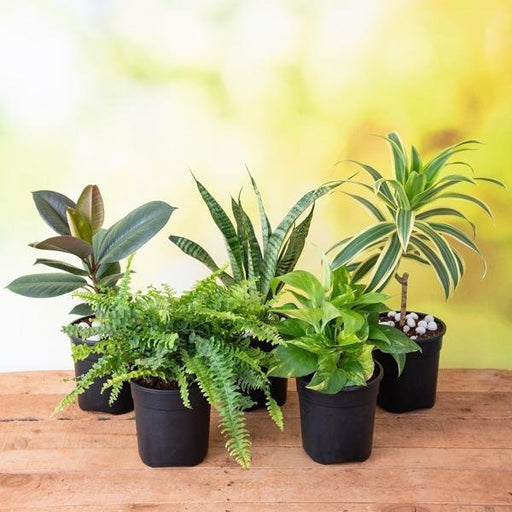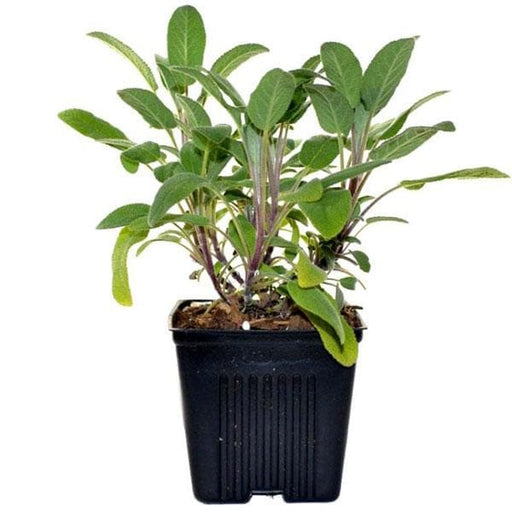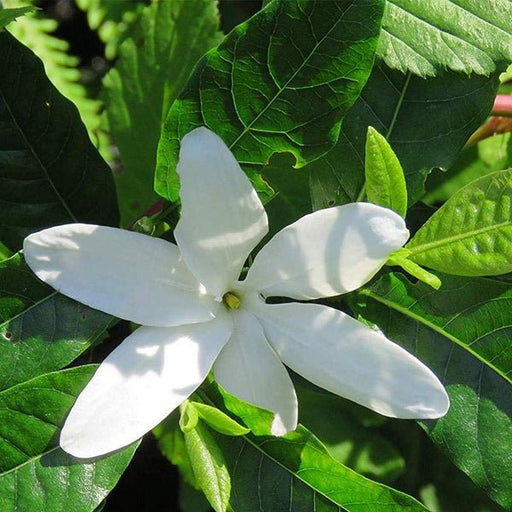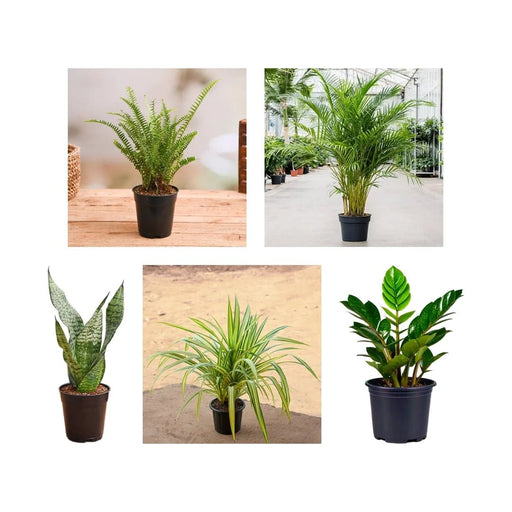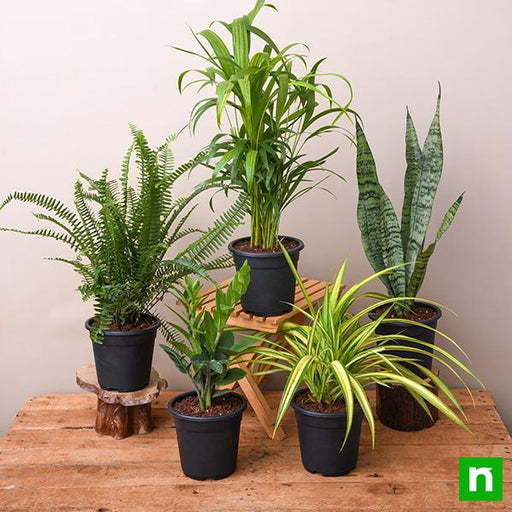Culinary Herbs for Your Garden
Delight your taste buds and elevate your cooking with our selection of culinary herbs. Transform your garden into an edible paradise that doubles as a chef's secret weapon.
Aromatic Spice Plants
Spice up your life with our top picks for aromatic spice plants. Enrich your garden and your kitchen with these fragrant, flavorful wonders of the plant world.
Edible Flowers
Dazzle your dinner guests with our selection of edible flowers. Turn ordinary meals into extraordinary culinary experiences with these colorful, tasty, and unexpected garnishes.
Medicinal Herbs and Spices
Harness the power of nature with our guide to medicinal herbs and spices. Explore the healing potential of these ancient plants, and make your garden a source of wellness.
Container Gardening with Edible Herbs
Short on space? No problem! Discover our tips for container gardening with edible herbs, and enjoy the flavors of fresh herbs from the comfort of your balcony or patio.
Growing Spice Plants Indoors
Bring the exotic flavors of the world into your home with our guide to growing spice plants indoors. Transform your living space into an indoor spice garden and enjoy year-round harvests.
Perennial Edible Herbs
Plant once and enjoy for years to come! Uncover the secrets of perennial edible herbs that return season after season, providing a constant supply of fresh flavors.
Annual Spice Plants
Embrace the fleeting beauty of annual spice plants. Enjoy a season of bountiful harvests and ever-changing flavors with these fast-growing and delicious plants.
Edible Herb and Spice Plant Combinations
Unlock the secret to harmonious herb and spice pairings with our guide to edible plant combinations. Create a balanced and flavorful garden that's as beautiful as it is delicious.
Edible Ground Cover Plants
Carpet your garden with the flavors of the earth! Discover our selection of edible ground cover plants that are as tasty as they are functional.
Edible Herbs for Shade
Illuminate your garden's darker corners with our top picks for edible herbs that thrive in the shade. Bring life and flavor to those shadowy nooks and crannies.
Edible Herbs for Sun
Bask in the glow of sun-loving edible herbs! Explore our top picks for herbs that flourish in the sunshine and add a burst of flavor to your sun-drenched garden.
Low-Maintenance Edible Plants
Keep your garden and your kitchen well-stocked with minimal effort! Discover our selection of low-maintenance edible plants that require little attention but provide big rewards.
Edible Plants for Small Spaces
Think big in small spaces! Uncover our top picks for edible plants that make the most of your compact garden, balcony, or windowsill.
Edible Vertical Gardening
Grow up and out with our guide to edible vertical gardening. Maximize your space and harvest by cultivating herbs and spices that love to climb, trail, or grow upwards.
Edible Plants for Pollinators
Save the bees and butterflies while savoring the flavors of your garden! Explore our selection of edible plants for pollinators that support these vital creatures and add culinary flair.
Edible Plant Care and Maintenance
Nurture your edible plants like a pro! Uncover our expert tips on plant care and maintenance to keep your herbs and spices thriving and your kitchen stocked.
Edible Plant Harvesting and Storage
Reap the fruits of your labor! Discover our guide to harvesting and storing your edible plants, ensuring the freshest flavors and longest shelf life.
Cooking with Homegrown Herbs and Spices
Make your kitchen creations shine with our tips for cooking with homegrown herbs and spices.

